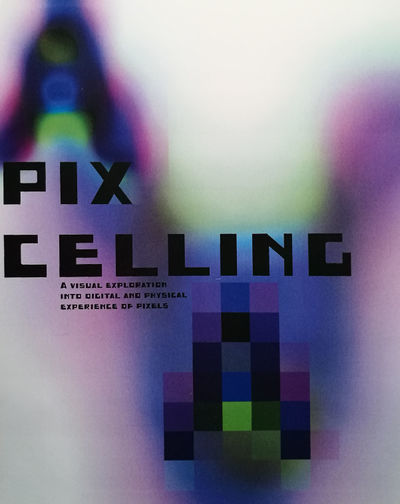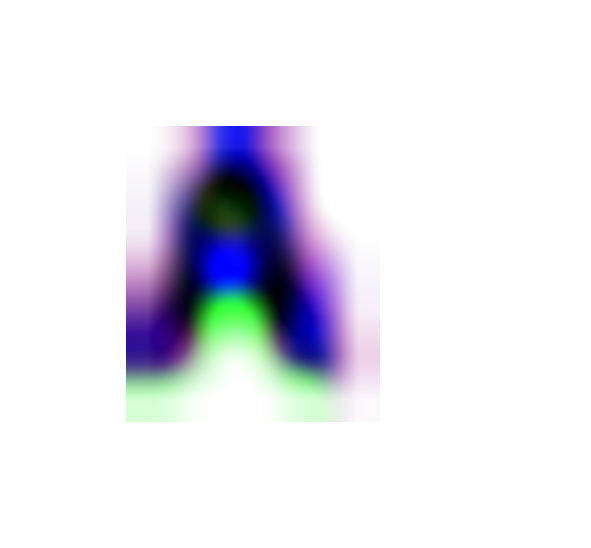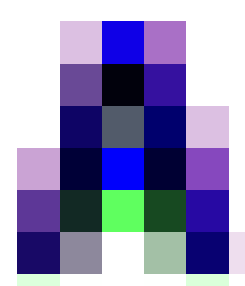User:Noemiino/RESEARCH DOCUMENT
Contents
Forward/Introduction
(tell us about yourself and your practice)
As a graphic designer I am trained to look at small visual details and make adjustments to them. I am interested in these details not just from a human perspective but how our new technologies enable us new ways of exploration. I want to include technology in my work as much as possible in form of interactions, new layers or as research experiments.
I look at digital craft and see the opportunity to work with my combined interests: analog + digital in one hybrid and that excited me. I am curious about how technology enables machines to recognize, think, design (?) and how humans can create conditions for these interactions to happen. In my opinion when technology is used interaction is already created, left for the designer is to make sure the conditions are the framework in which they happen.
In Pix-celling I look at the difference between human and computer interpretations of pixels and I try to find a new viewpoint or perhaps a starting point for something bigger.



Abstract
(in 250 words or less, explain the essence of your research project)
Central Question
Do we loose or gain information by distortion?
- Defining lost -- To define lost first I would have to define what is *found*.
found -- Looking at an image the is information to be found. Specifically in a portrait there is information about the person that makes them specific. Facial features that make them recognisable.
lost -- Manipulating part of the "found" information would lead to changing the specific features and making them unrecognisable.
part -- The part that is being manipulated are the pixels making up the digital image. The pixels contain information on the most zoomed in level.
digital image -- Capturing the digital image with a camera or webcam or kinect?
pixels -- What information does a pixel really contain? It is a block of color. What distortion can be made to a pixel?
-- Pixel has x & y position. Can you add it a z position? What happens when you start changing up one of these variables? Or 2? Or all three of them?
-- Can the information change from a color block to a graphic element? ASCII .
Relevance of the Topic
(why is this worth pursuing? explain the urgency of your project)
Hypothesis
(what do you think will happen or what will the effect be of your work?)
Visuals and experience
I think by dishumanating the portrait or presence of a person we can touch upon a more objective viewpoint. Do we still see ourselves in the pixels (AScii) or is that an alienated view? A new reality shown augmented into the real.
Research Approach
(how do you define and design your research? what activities/approaches/methods will you pursue while conducting your research?)
Key References
(how does your work relate to contemporary makers? what a key analogues/works of inspiration?)
Literature
(what texts will/can support this investigation?)
Experiments
(what are you going to test out and why)
Insights from Experimentation
(what have you pulled from your hands on practice based research?)
Artistic/Design Principles
(what is your own criteria for designing?)
Artistic/Design Proposal
(what do you propose to make)
AN installation where a kinect traces you as an ascii code in 3d space. so when you move close up you zoom into one pixel.
Realised work
(what did you actually make)
Final Conclusions
(what was the point? what do you take away?)
Bibliography
(what did you reference in this text (other texts, images, films, exhibitions)? Remember to use proper in-text citing!!!!!!!!!!
Body as interface!
http://www.presenttensejournal.org/volume-3/from-gui-to-nui-microsofts-kinect-and-the-politics-of-the-body-as-interface/
emBody(text) {
http://www4.ncsu.edu/~dmrieder/embodytext/